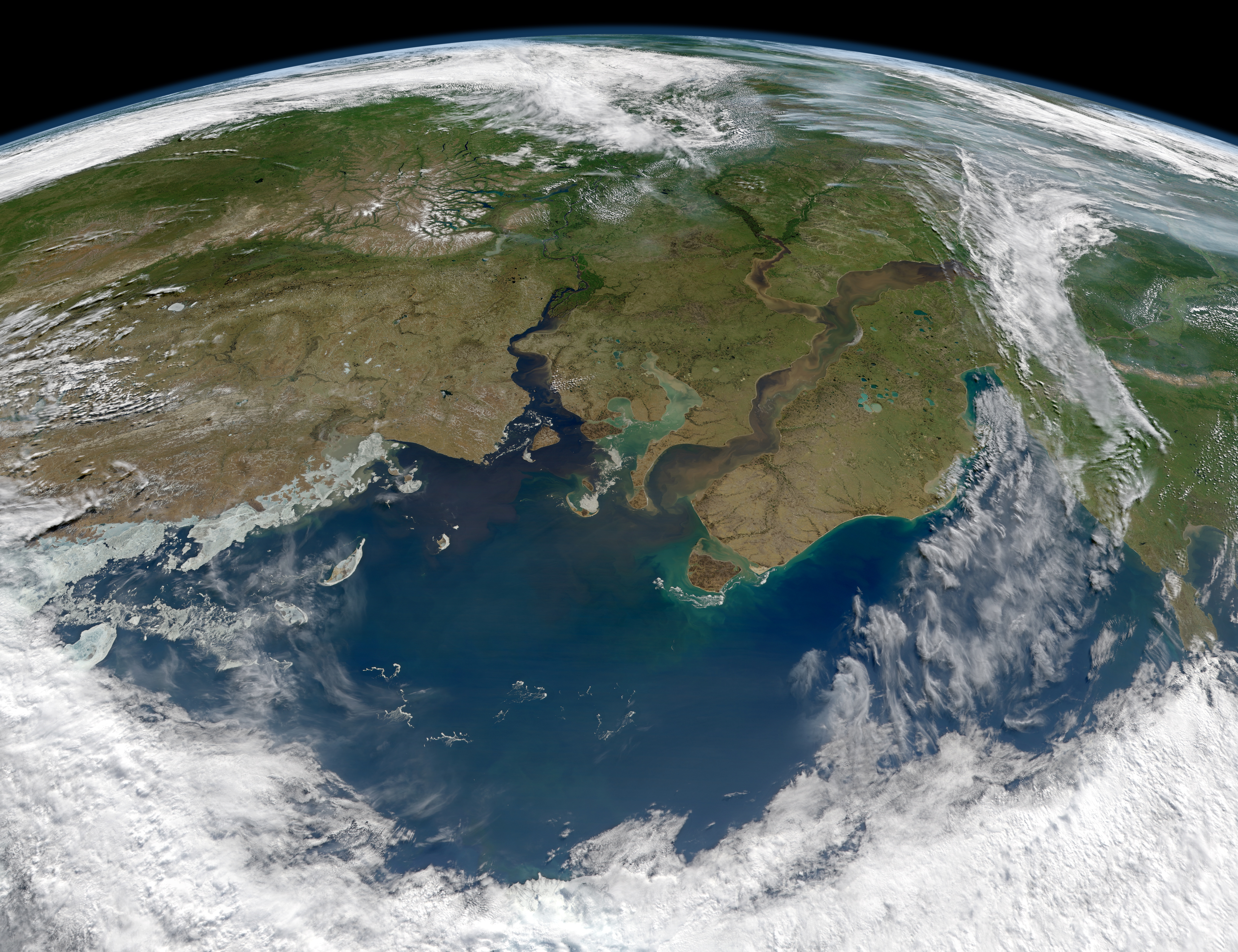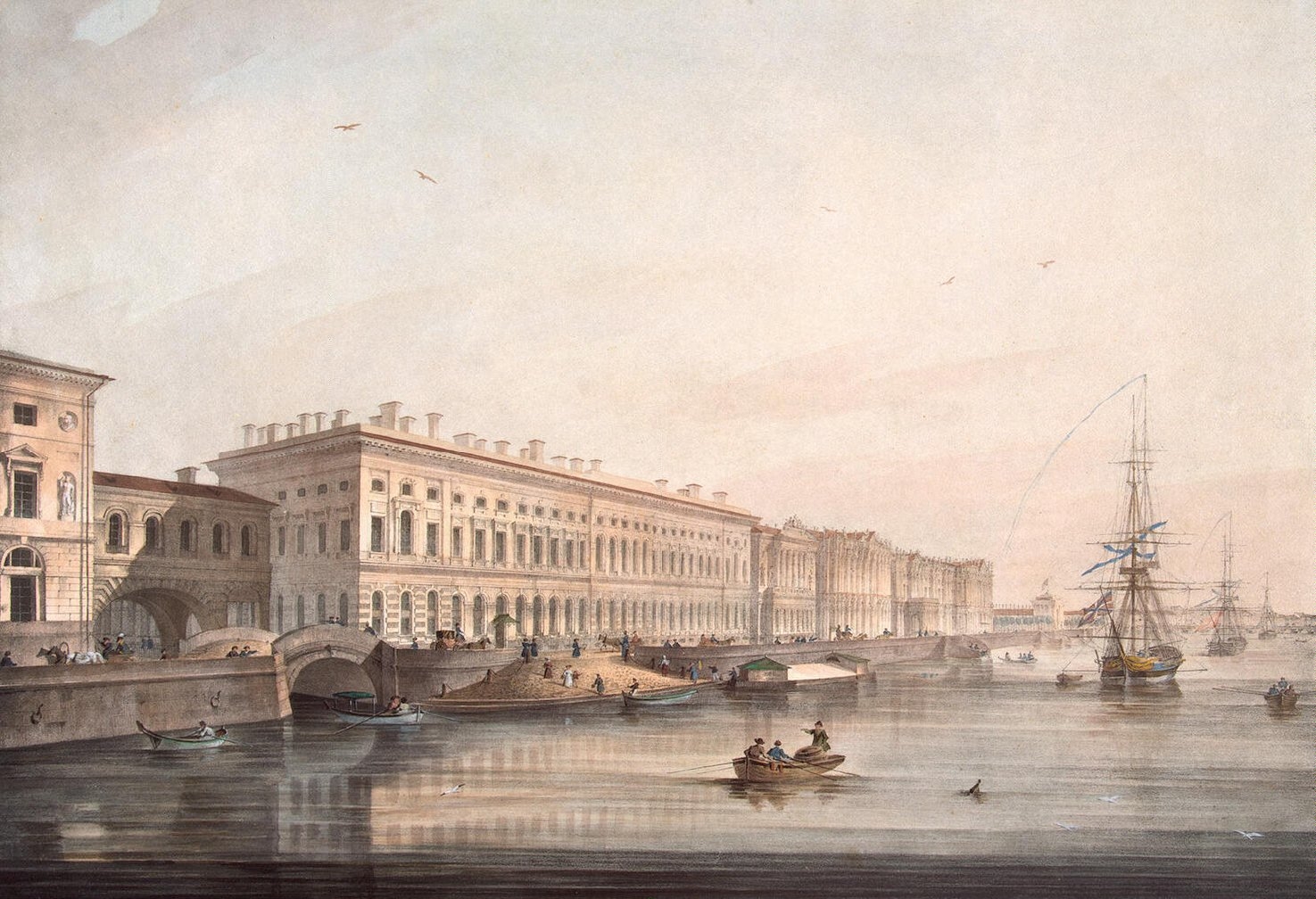|
Baganenok
The Baganyonok () is a river in Novosibirsk Oblast, Russia. The river is long and has a catchment area of .Google Earth The basin of the river is located in the Krasnozyorsky District, Krasnozyorsky, Bagansky District, Bagansky, and Karasuksky District, Karasuksky districts. Since 1994 there is a Ramsar site in the lower course of the river. Natural monument Stepnaya Catena is located by the right bank of the Baganyonok, northwest of the village of Novy Baganyonok. Course The Baganyonok belongs to the endorheic basin, endorheic Bagan river basin of the southern Baraba Plain, between the Ob (river), Ob and the Irtysh rivers. The sources are in a swamp in Nizhnecheremoshnoye village, to the north of the winding channel of the Karasuk (river), Karasuk. The river meanders across a flat area dotted with lakes. It flows first in a roughly western direction and about midway along its course it turns and flows northwards. Finally it joins the left bank of the Bagan from its mouth. ... [...More Info...] [...Related Items...] OR: [Wikipedia] [Google] [Baidu] |
Nizhnecheremoshnoye
Nizhnecheremoshnoye (), "Lower Cheremoshnoye", is a types of inhabited localities in Russia, rural locality (''village#Russia, village'') in Krasnozyorsky District, Novosibirsk Oblast, Russia. It is the administrative center of the Nizhnecheremoshynsky Village Council. Population: Geography Nizhnecheremoshnoye lies in the southern part of the Baraba Plain, close to the northern banks of the Karasuk (river), Karasuk. The sources of the Baganyonok river are located in the village area.Google Earth References Notes Sources * {{Authority control Rural localities in Novosibirsk Oblast ... [...More Info...] [...Related Items...] OR: [Wikipedia] [Google] [Baidu] |
Ob (river)
The Ob (; ) is a major river in Russia. It is in western Siberia, and with its tributary the Irtysh forms the world's seventh-longest river system, at . The Ob forms at the confluence of the Biya and Katun which have their origins in the Altai Mountains. It is the westernmost of the three great Siberian rivers that flow into the Arctic Ocean (the other two being the Yenisei and the Lena). Its flow is north-westward, then northward. The main city on its banks is Novosibirsk, the largest city in Siberia, and the third-largest city in Russia. It is where the Trans-Siberian Railway crosses the river. The Gulf of Ob is the world's longest estuary. Names The internationally known name of the river is based on the Russian name ''Обь'' (''Obʹ'', ). Possibly from Proto-Indo-Iranian '' *Hā́p-'', "river, water" (compare Vedic Sanskrit ''áp-'', Persian ''āb'', Tajik ''ob'', and Pashto ''obə'', "water"). Katz (1990) proposes Komi ''ob'' 'river' as the immediate source o ... [...More Info...] [...Related Items...] OR: [Wikipedia] [Google] [Baidu] |
Rivers Of Novosibirsk Oblast
A river is a natural stream of fresh water that flows on land or inside caves towards another body of water at a lower elevation, such as an ocean, lake, or another river. A river may run dry before reaching the end of its course if it runs out of water, or only flow during certain seasons. Rivers are regulated by the water cycle, the processes by which water moves around the Earth. Water first enters rivers through precipitation, whether from rainfall, the runoff of water down a slope, the melting of glaciers or snow, or seepage from aquifers beneath the surface of the Earth. Rivers flow in channeled watercourses and merge in confluences to form drainage basins, or catchments, areas where surface water eventually flows to a common outlet. Rivers have a great effect on the landscape around them. They may regularly overflow their banks and flood the surrounding area, spreading nutrients to the surrounding area. Sediment or alluvium carried by rivers shapes the landscape aro ... [...More Info...] [...Related Items...] OR: [Wikipedia] [Google] [Baidu] |
List Of Rivers Of Russia
Russia can be divided into a European and an Asian part. The dividing line is generally considered to be the Ural Mountains. The European part is drained into the Arctic Ocean, Baltic Sea, Black Sea, and Caspian Sea. The Asian part is drained into the Arctic Ocean and the Pacific Ocean. Notable rivers of Russia in Europe are the Volga (which is the longest river in Europe), Pechora, Don, Kama, Oka and the Northern Dvina, while several other rivers originate in Russia but flow into other countries, such as the Dnieper (flowing through Russia, then Belarus and Ukraine and into the Black Sea) and the Western Dvina (flowing through Russia, then Belarus and Latvia into the Baltic Sea). In Asia, important rivers are the Ob, the Irtysh, the Yenisei, the Angara, the Lena, the Amur, the Yana, the Indigirka, and the Kolyma. In the list below, the rivers are grouped by the seas or oceans into which they flow. Rivers that flow into other rivers are ordered by the proximit ... [...More Info...] [...Related Items...] OR: [Wikipedia] [Google] [Baidu] |
Bolshiye Luki (Novosibirsk Oblast)
Bolshiye Luki () is a rural locality (''village'') in Bagansky District, Novosibirsk Oblast, Russia. It is part of the Paletsky Village Council. Population: Geography Bolshiye Luki lies in the southern part of the Baraba Plain, close to the banks of the Baganyonok river and to the north of Kuchugur.Google Earth Google Earth is a web mapping, web and computer program created by Google that renders a 3D computer graphics, 3D representation of Earth based primarily on satellite imagery. The program maps the Earth by superimposition, superimposing satelli ... References Notes Sources * {{Authority control Rural localities in Novosibirsk Oblast ... [...More Info...] [...Related Items...] OR: [Wikipedia] [Google] [Baidu] |
Kuchugur
Kuchugur () is a rural locality (''village'') in Karasuksky District, Novosibirsk Oblast, Russia. It is part of the Chernokuryinsky Village Council. Population: Geography Kuchugur lies in the southern part of the Baraba Plain, close to the eastern banks of the Baganyonok river and to the south of Bolshiye Luki, and to the north of Nizhnebayanovsky.Google Earth Google Earth is a web mapping, web and computer program created by Google that renders a 3D computer graphics, 3D representation of Earth based primarily on satellite imagery. The program maps the Earth by superimposition, superimposing satelli ... References Notes Sources * {{Authority control Rural localities in Novosibirsk Oblast ... [...More Info...] [...Related Items...] OR: [Wikipedia] [Google] [Baidu] |
Nizhnebayanovsky
Nizhnebayanovsky () "Lower Bayanovsky" is a rural locality (''village'') in Karasuksky District, Novosibirsk Oblast, Russia. It is part of the Chernokuryinsky Village Council. Population: Geography Nizhnebayanovsky lies in the southern part of the Baraba Plain, close to the bend in the Baganyonok river where it turns from westwards to northwards. It is located to the west of Chernokurya, and to the south of Kuchugur.Google Earth Google Earth is a web mapping, web and computer program created by Google that renders a 3D computer graphics, 3D representation of Earth based primarily on satellite imagery. The program maps the Earth by superimposition, superimposing satelli ... References Notes Sources * {{Authority control Rural localities in Novosibirsk Oblast ... [...More Info...] [...Related Items...] OR: [Wikipedia] [Google] [Baidu] |
Meander
A meander is one of a series of regular sinuous curves in the Channel (geography), channel of a river or other watercourse. It is produced as a watercourse erosion, erodes the sediments of an outer, concave bank (cut bank, cut bank or river cliff) and deposits sediments on an inner, convex bank which is typically a point bar. The result of this coupled erosion and sedimentation is the formation of a sinuous course as the channel migrates back and forth across the axis of a floodplain. The zone within which a meandering stream periodically shifts its channel is known as a meander belt. It typically ranges from 15 to 18 times the width of the channel. Over time, meanders migrate downstream, sometimes in such a short time as to create civil engineering challenges for local municipalities attempting to maintain stable roads and bridges.Neuendorf, K.K.E., J.P. Mehl Jr., and J.A. Jackson, J.A., eds. (2005) ''Glossary of Geology'' (5th ed.). Alexandria, Virginia, American Geological I ... [...More Info...] [...Related Items...] OR: [Wikipedia] [Google] [Baidu] |
Karasuk (river)
The Karasuk () is a river in the Karasuksky, Krasnozyorsky, Kochkovsky and Chulymsky districts, Novosibirsk Oblast, Russia. It is long, with a drainage basin of . The source region of the Karasuk River was declared a special protected area on 26 March 2007. Course The Karasuk begins some southwest of Novosibirsk, at above sea level. It flows in a southwesterly direction through a wide valley in the southern part of the Baraba Steppe ending in the eastern shore of lake Studyonoye at . The lake is part of an endorheic basin of small lakes and swamps near the Russia-Kazakhstan border. At high water levels some water will flow through the Chuman (Чуман) River to the Burla (Бурла), which branches from the main river towards the south, east of the town of Karasuk. Some water may also branch off towards the north at Nizhnecheremoshnoye, via the Baganyonok (Russian: Баганёнок) tributary, to the Bagan River. There are riverine lakes in its basin, such as A ... [...More Info...] [...Related Items...] OR: [Wikipedia] [Google] [Baidu] |
Irtysh
The Irtysh is a river in Russia, China, and Kazakhstan. It is the chief tributary of the Ob (river), Ob and is also the longest tributary in the world. The river's source lies in the Altai Mountains, Mongolian Altai in Dzungaria (the northern part of Xinjiang, China) close to the border with Mongolia. The Irtysh's main tributaries include the Tobol, Demyanka and the Ishim (river), Ishim. The Ob-Irtysh system forms a major drainage basin in Asia, encompassing most of West Siberian Plain, Western Siberia and the Altai Mountains. Geography From its origins as the ''Kara-Irtysh'' (Black Irtysh) in the Mongolian Altay mountains in Xinjiang, China, the Irtysh flows northwest through Lake Zaysan in Kazakhstan, meeting the Ishim (river), Ishim and Tobol rivers before merging with the Ob near Khanty-Mansiysk in western Siberia, Russia after . The name Black Irtysh (''Kara-Irtysh'' in Kazakh, or ''Cherny Irtysh'' in Russian) is applied by some authors, especially in Russia and Kazakh ... [...More Info...] [...Related Items...] OR: [Wikipedia] [Google] [Baidu] |
Baraba Plain
The Baraba steppe or Baraba Lowland (), is a plain in western Siberia. It is named after Baraba Tatars, its indigenous inhabitants. The Baraba Lowland is an important Russian agricultural region. Geography It stretches for across the Omsk and Novosibirsk oblasts between the Irtysh and the Ob Rivers. Grassland steppe landscapes predominate, as well as sphagnum bogs and Solonchak grounds, although there are remnants of wooded areas. Barabinsk is the largest city in the lowland. Lakes Chany, Ubinskoye, Sartlan, Tandovo, Zharagash and pink lake Krasnovishnevoye are located in the Baraba Lowland. The Kulunda Plain extends to the southeast. The border between both areas is not well defined. See also * Kurumbel Steppe * Baraba Tatars The Baraba Tatars ( Siberian Tatar: параба, бараба, барама, бараба татарлар) are a sub-group of Siberian Tatars and the indigenous people of the Ob-Irtysh interfluve. After a strenuous resistance to Russ ... [...More Info...] [...Related Items...] OR: [Wikipedia] [Google] [Baidu] |



